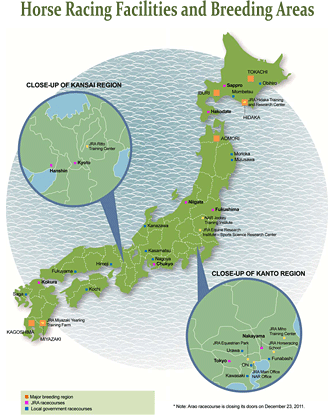Breeding, Training and Sales
The establishment of the Japan Cup in 1981 resulted in the breeding industry setting a goal for producing faster and stronger horses that could hold their own worldwide. This approach was to aim at a steady improvement of the Japanese-bred horses through the introduction of superior stallions and broodmares from overseas. This program has borne fruit to a point where the winners of GI races in some of the world's leading racing nations have been produced in Japan. As a result Japanese-bred horses are increasing drawing attention on the world racing stage.
1.Breeding
BREEDING REGIONS AND NUMBER OF FARMS
Breeding regions are located from the island of Hokkaido up north to the island of Kyushu in the south. Traditional breeding areas include Tokachi, Hidaka and Iburi in Hokkaido and Aomori, Iwate, Miyagi, Fukushima, Tochigi, Chiba, Miyazaki and Kagoshima prefectures throughout the rest of Japan.
As of 2021, there were 785 farms with thoroughbred broodmares stabled. The Hidaka area of Hokkaido is home to the most at 666. If the Tokachi and Iburi areas are included, Hokkaido’s total comes to 717, which accounts for 91.3% of the nationwide total.
Breeding is expanding in Hokkaido, which has a cool, dry climate and plenty of space, while the industry has been shrinking in areas near tracks and in warm, humid Kyushu. The emphasis in these areas has turned to training.
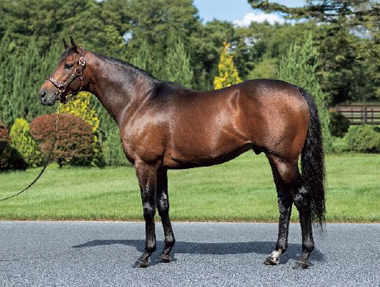
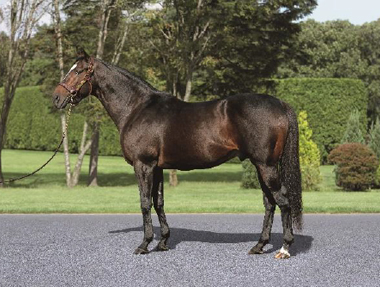

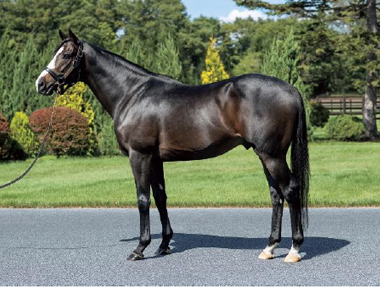
STALLIONS
During 2021, there were 251 thoroughbred stallions registered at stud in Japan. 61 of these were foreign-bred and 190 Japanese-bred. Approximately 92% of these stallions are standing in the main Hokkaido breeding region.
The great racehorse and stallion Sunday Silence (USA), who died in August 2002, was Japan’s leading sire for 13 consecutive years from 1995 to 2007. His influence as a stallion has been passed on to his foals, and Deep Impact (JPN) by Sunday Silence has been the leading sire in Japan each year since 2012. Of domestic stallions, those sired by Deep Impact is the largest number with 33 stallions and covered 1,989 mares in 2021. When including stallions with a Sunday Silence bloodline in the second-generation pedigree, this number increases to 78 (and 3,976 mares) which accounts for 33.7 % of all mares covered in 2021.
The other prominent sire line is Kingmambo (USA) and 15 of those sired by King Kamehameha (JPN) by Kingmambo covered 1,162 mares in 2021. This increases to 20 (and 1,283 mares) including stallions with a Kingmambo bloodline in the second-generation pedigree.
The top five sires, in terms of the number of mares covered, in 2021 were Le Vent Se Leve (JPN) with 223, Epiphaneia (JPN) 218, Gold Dream (JPN) 212, Saturnalia (JPN) 205, and Kizuna (JPN) 192.
In 2019, Japanese breeding industry was struck by the double tragedy to lose its two champion stallions, Deep Impact and King Kamehameha. Though their influence will surely be around for some time, much attention is paid to who will be the next stallions to lead the industry.
BROODMARES
If we look at the number of broodmares in Japan, the figures reached a peak of about 15,287 in 1991. These figures fell to 12,000 and remained around that level until 2003. The numbers began to gradually decrease from that point up until 2014, when the actual number of broodmares reached 9,253, and slightly increased since then to 10,326 in 2021.
FOALS
Japan bred fewer than 1,000 thoroughbreds a year through the 1940s and 50s. However, as the economy grew rapidly and horse racing developed, the number rose steadily to reach 10,188 foals during 1992.
An annual level in the upper 8,000s for foal crop had been maintained since 1997, but a declining trend began in 2003 and, 7,730 thoroughbred foals were registered in 2021. This is approximately the same number of foals as that of the late 1970s. This is a result of shifting from quantity to quality, as well as the steep decline in the demand for thoroughbreds caused by the closure of a number of Racing by Local Governments racecourses.
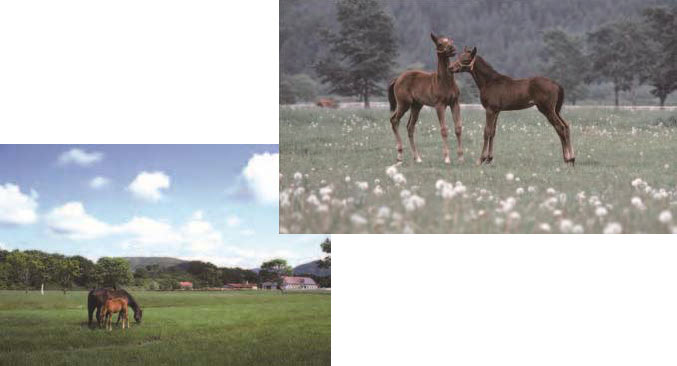
2. Breaking and Training
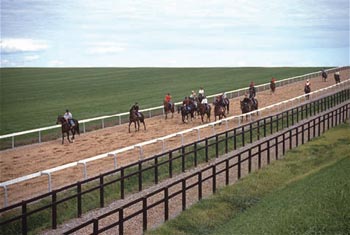
It became apparent that more efforts were needed to increase the numbers of ever better and stronger horses that were capable of competing worldwide. These highly trained horses would be channeled into JRA's two training centers, one each in eastern and western Japan. These efforts resulted in the appearance of specialized training farms in the breeding regions of Japan and near JRA training centers in the late 1980s, to accommodate the training and also to stable the rising number of horses being bred, It is now common for horses to move directly to JRA and NAR training centers and tracks following their initial training at these specialized facilities.
JRA, with the recognition of the importance of breaking and training in mind, purchased a 3,700-acre tract in Hokkaido during 1993, with the intention of creating the equivalent of "Newmarket" in Japan. This project resulted in Bloodhorse Training Center (BTC), a large-scale training facility. New private yearling training farms have also been built one after another, in the vicinity of the BTC in order to fully use its spacious and specialized training facilities.
Attention to training has now been increased twofold in breeding areas since the beginning of the BTC. This, along with improvements in techniques for the handling, breaking and training of young horses, has had a positive influence on other regions throughout the country. It has also led to the development of a training sales program for 2-Y-Os.
There have been striking improvements in the quality of Japanese racehorses in recent years and, in addition to the addition of better bloodlines, the provision of this new and better training environment is felt to have played the major role.
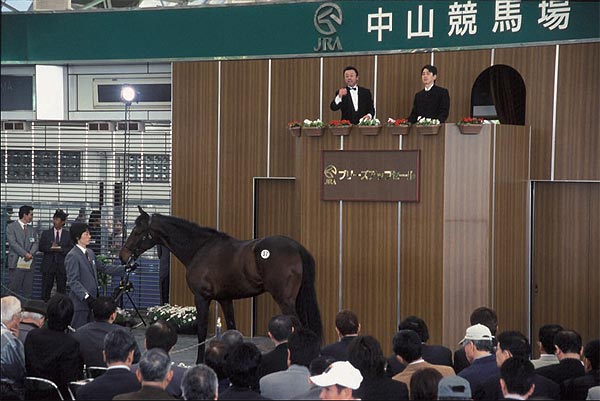
3. SALES
Traditionally, sales of thoroughbreds in Japan have mostly been private on-site sales between the seller (the breeder) and purchaser and prices were decided between them. Few horses were handled at public sales. There have been calls over the years for more energetic transactions through sales, which have a high degree of impartiality. The ratio of horses bred to horses offered at auction has risen from around 20% in the mid-1990s to approximately 40% at present. Most breeders are now becoming interested in livelier sales transactions. JRA is providing direct monetary sales incentives, derived from race purses, as part of promotional efforts to increase sales and sales operations in Japan.
Sales held in 2019 include one for weanlings (foals), seven for yearlings, and two for 2-Y-Os. Yearling sales held by Thoroughbred breeders' cooperatives are the most common form of auction in Japan. However, select weanling sales hosted by the Japan Race Horse Association is popular. This is largely due to the high quality and highly popular lots, which the Shadai group of Japan has actively been consigning to these sales.
There is a tendency toward forward purchases in Japan, and weanling sales are lively. Due to the influence of U.S. training sales, sales of 2-Y-Os in training have been held in Japan since 1996. Buyers from abroad now attend these auctions and overseas sales routes have begun to expand.
- *The sales dates are available on the website.
Summary of sires results for 2022
Summary of thoroughbred sales in 2022
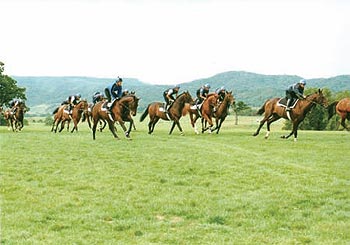

Contacts
https://www.studbook.jp/users/en/UserMenu.php (English)
https://japanracing.jp/ (English)














